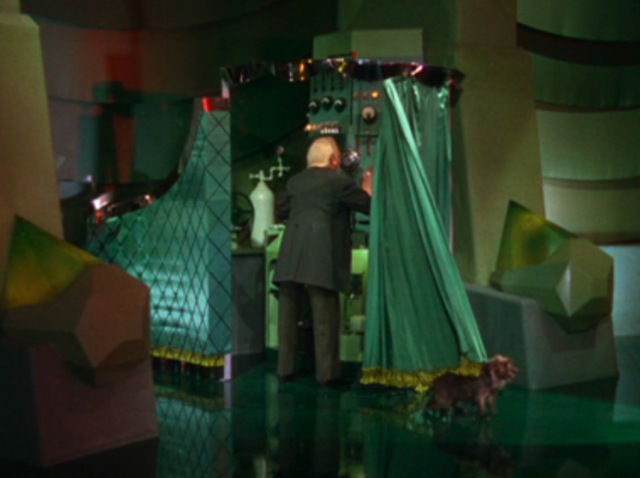Fierce Conversations Principle 2: Three steps to change and coming out from behind the curtain

Open the curtain
“Pay no attention to what is behind the curtain.” Such can be said about many people and organisations. The curtain is a metaphor for hidden things not fit for public consumption. Behind the curtain, dirt and grime coat the walls and rub off on those who get too close. Broken furniture spills into pathways to trip those who do not know their way around. Dark corners provide havens for unethical transactions and hidden secrets. Whispered conversations are held behind closed doors.
These curtains occasionally slip open, however, and present the audience with a choice. The audience can be offended at being taken in by the illusion and choose to walk away. Another option for the audience is that they can pretend they didn’t see behind the curtain and convince themselves and others that there is no curtain. They then become part of the machine holding the curtain in place.
At both the organisational and the personal level, there is always a concept of what is considered public and what is behind the scenes. These different “identities” include what is actual, what is communicated, what is conceived, what is ideal, and what is desired. Conflict occurs when there is too great a gap between these identities.
This conflict is seen in examples such as:
- Organisations that state a primary mission as treating others as themselves, while creating a culture of blame.
- Executives who espouse company values that are not aligned with their personal actions.
- Individuals who create personal brands through social media that do not reflect who they really are.
Instead of leaving the situation or ignoring or accommodating these gaps, a third option is to directly address the disparity. While there will always be a “back of house” that is not presented to the public, there should be minimal shock when you discover what is behind the curtain. Susan Scott speaks to this with her second principle of Fierce Conversations of coming out from behind yourself to ensure there is integrity and authenticity in personal lives and in organisations.
Own your part
Getting to a place where there is misalignment in identities can be a gradual and unconscious process. Closing the gap, however, must be intentional. As Scott notes, “authenticity is not something you have; it is something you choose”. This choice is necessary yet confronting and uncomfortable. “The truth will set you free, but first it must irritate you.”
When seeing issues in other people or organisations, it is important to understand that what annoys us most are generally issues we see clearly in ourselves. Our criticism of others can be amplified as projections of what we find unsatisfactory in ourselves. Scott highlights this principle stating that “our lives are mirrors accurately reflecting us back to ourselves”.
The “fierce conversation” starts with the individual. As Scott notes, “All conversations are with myself, and sometimes they involve other people.” and “The issues in my life are rarely about you. They are almost always about me.” We need to be aware of how often we find ourselves looking back at us from behind curtains we see in others.
Clarity on what is needed
So we acknowledge the curtain, and we see ourselves in the situation, but cleaning up can only occur if we know where we are going. Scott notes that “You will bring into your life whatever it is you have the most clarity about”. It is ironic then that most people have a great deal of clarity about what it is they do not want.
This premise aligns with the concept of communicating vision, of taking others and yourself from here to there. It is easy to define what is wrong with a situation, and a bit of self-awareness can help understand how you got here. It is only through an unwavering focus on a positive future state, however, that we can clean behind the curtain.
In retrospect, I have seen the model above play out in a range of executives I have worked with. Some are continuously in legal or financial hardship. They maintain a curtain to hide contributing factors, which prevents them from seeing themselves in the situation and distracts them from focusing on a positive future state.
I have also worked with executives who openly invite you to see what happens behind the scenes both in their business and their personal lives. They are self-aware of their role in their successes and failures and build momentum towards an end goal of where they want to be.
The latter description is the obvious choice; to be transparent, to be responsible for my part, and to have clarity of vision for the companies I build and the person I choose to be. As Scott says, this can take a “fierce conversation” to “come out from behind ourselves”. It is a conversation I start with myself, and sometimes it involves others.
This blog, like all social media expression, is part of that conversation. It is a conversation that involves honesty about our curtains, our role in the situation, and the future state we are creating to make a positive difference in this world. I welcome you to join in.

Well written. Some good stuff in here: “You will bring into your life whatever it is you have the most clarity about” and, “…our lives are mirrors accurately reflecting us back to ourselves”.